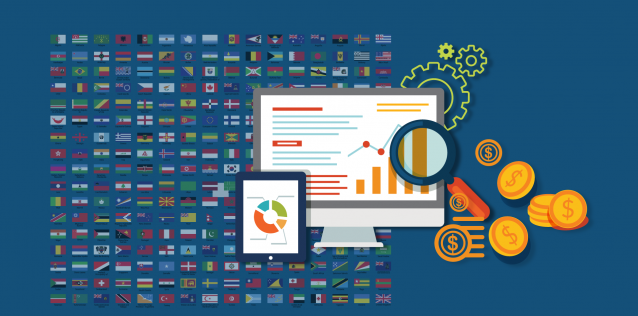How to Use Website Analytics Strategically
How to Use Website Analytics Strategically
You should be tracking your website visitor activity with any one of many website analytics dashboard programs currently available to consumers. Your site analytics is a dashboard of business activity that, if interpreted and acted upon in a knowledgeable manner, will produce a clearer view into the cause-and-effect of online activity to your overall sales.
Site Analytics Translates to Customer Interaction
Look at your analytics as you would customers walking through the door- they enter, they look at this, they look at that, and they leave. Why didn’t they make a purchase? While for “in-person” shopping that is easier to assess, for online shopping looking at this activity in aggregate- or grouped together over time- is the best way to go about it.
As you hopefully already understand by now through your own dabbling site analytics can get very complicated very quickly. When we counsel our CS business clients on their digital strategy, we tell them to focus on the following “overview” data points for use in business strategy and decision making:
- Total website visitors - looking at this data figure in a 6 or 12 month timespan view, you can easily get a sense of your site’s “heartbeat” for website visitor activity and all digital marketing efforts.
- Session duration/dwell times - this will be a subjective benchmark for you insofar as the actual times go, but what you are looking for here is cause-and-effect in visitor behavior and your website efforts. If effort was spent on content, but session duration declines, why?
- Site visitor country of origin - looking at the top 3 countries that your site draws in from search can be a clear indicator of preexisting international interest, and could help form your overall business export strategy.
See Sales in Your Site Analytics Using eCommerce KPIs
Website analytics only show the volume and activity, and it is up to you to translate that information into what that means for your business’ bottom line- return on investment (ROI), ecommerce sales conversion, online profit margin, whatever you want to call it. Using ecommerce key performance indicators (KPIs) means that in addition to understanding your website’s visitors, you have some sort of insight into what that translates to in online sales, by the overall business activity you are tracking on your end.
An Example of USCS Client Strategic Use of Analytics
US Commercial Service Client Atlantis has been working with their local CS Office and Trade Specialist for around six months, developing their digital strategy through counseling focused at broadening their awareness of all issues and obstacles involved in selling online overseas for export, also called cross-border ecommerce.
After gaining a better understanding of their client’s current online sales situation, the local Trade Specialist at the CS Office recommends a WGR Gap Analysis Service for their client Atlantis’ website. This service will identify existing issues with the website that are preventing it from showing up in an international online search, and therefore make a sale.
CS Client Atlantis likes the WGR Gap Analysis Service report recommendations, and several months after implementing the recommendations they note an increase in their website analytics as a result. Using ecommerce KPI formulas, CS Client Atlantis sees that as a result of the search engine optimization (SEO) improvements made several months ago they now have a 2% sales conversion rate, up from a 1% from before the WGR Service.
Return to eCommerce Frontline Library Content
Looking for more ecommerce resources?














